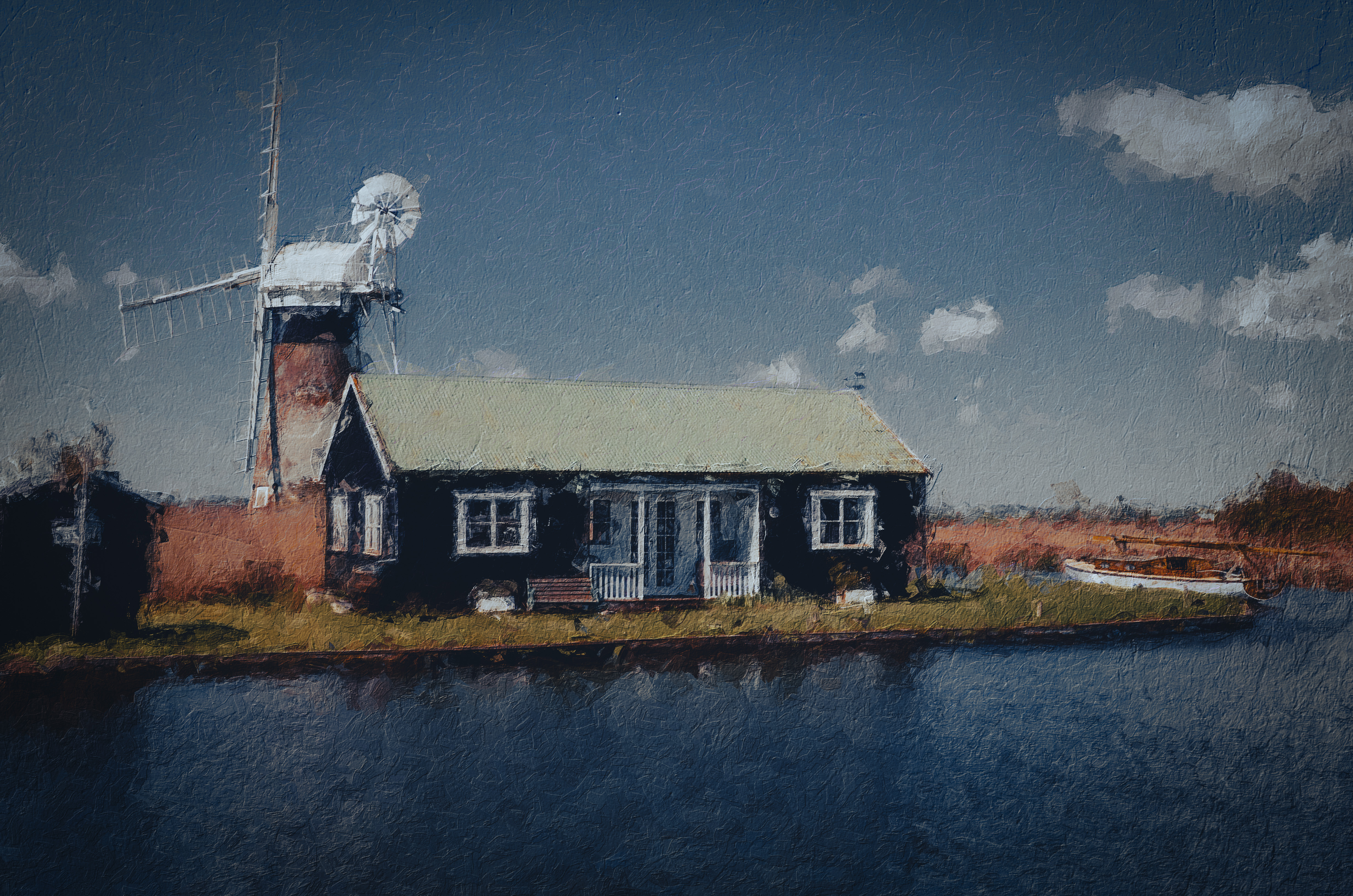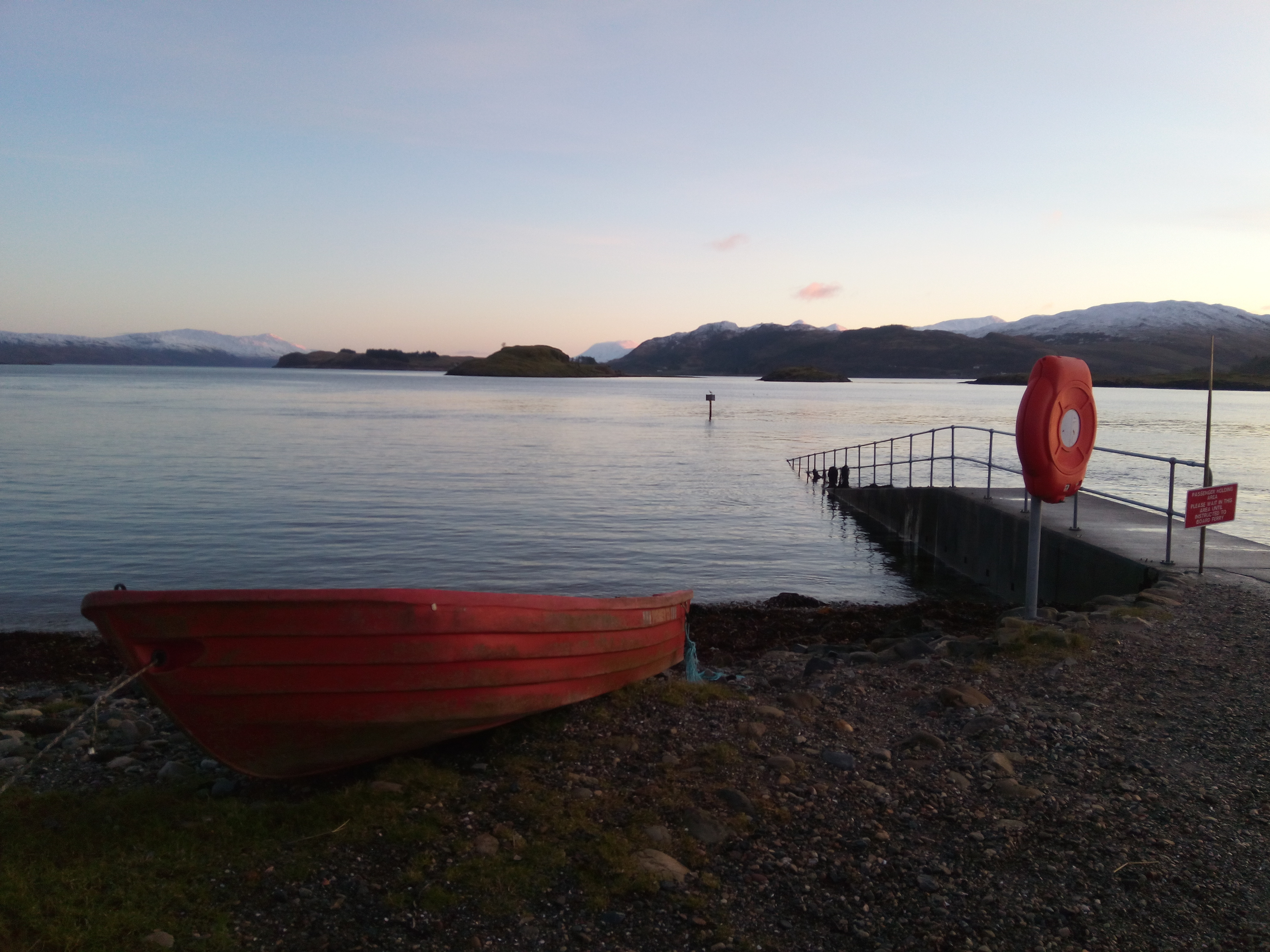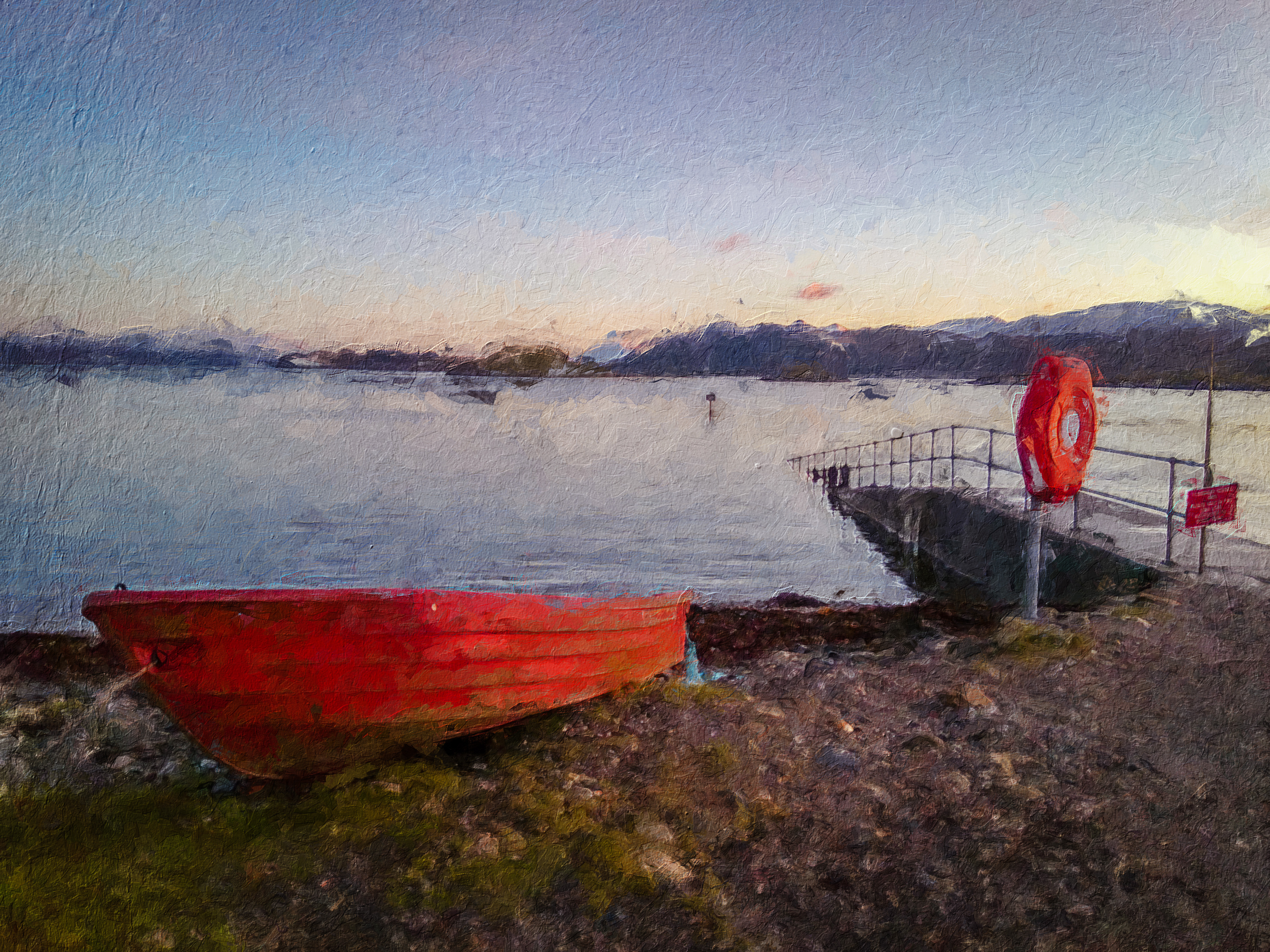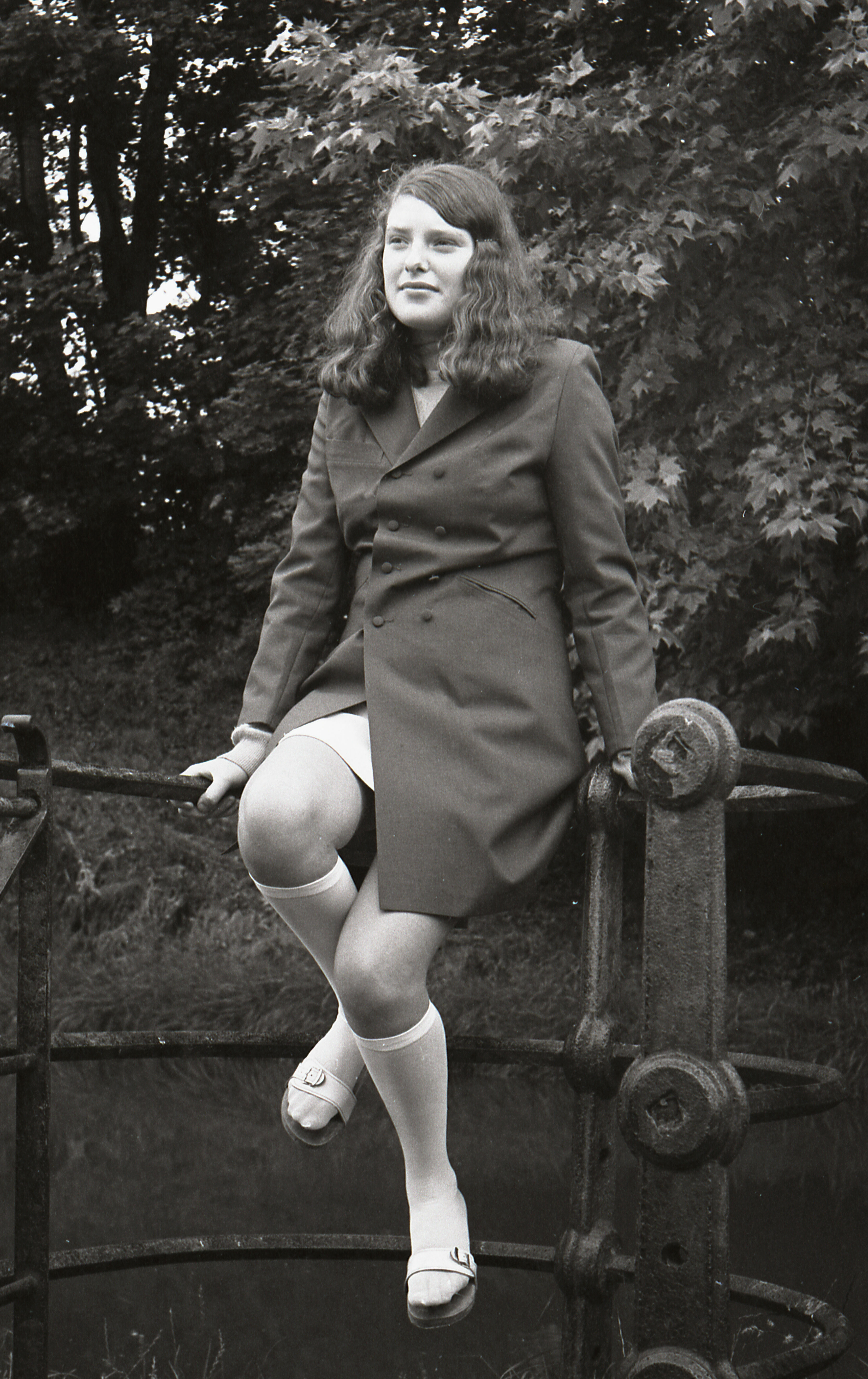
No, I don't just press a button or use a filter to make art - the 'magic filters' people over-use on instagram and the like, or that magical app that turns your photo into a watercolour with a single click or tap of your finger really are all utter crap to be frank. Sure they might look ok on a phone screen but view them on a proper screen or God forbid, actually print them out and you will see just how shite they are. Really.
It's a common problem for the modern day artist who produces the majority of their work digitally, people seem to think that it can all be done automatically with just a few mouse clicks. Of course speed is of the essence when producing commercial artwork be that an illustration, an edited photograph, a pencil drawing or indeed a full on painting. Computers have indeed helped in that way but have they also taken away the skill of the artist? Well I would say yes and no. It's a different skill and sure, there certainly are some ways to automate certain things but getting convincing results takes a lot of skill. If I were to use one of the 'single-click' filters my clients would just laugh at me and probably not use me again. You see, all these magic apps you can get all produce the same result and simply are not unique at all - come on, I bet you can spot an instagram filter a mile away if you are into instagram! So yes, in that way, the single click brigade have little to no talent.
Traditional v Digital
Many people may be completely unaware that drawing on a piece of paper with an actual real pencil is not really that much different to drawing on an iPad Pro - we even put a special screen protector knows as 'pencil like' on it that makes drawing with the Apple Pencil feel much more real as you can feel the texture of paper as you draw across the screen. Of course drawing and painting software has come on leaps and bounds in the past decade and many traditional artists feel at home in the digital domain now and love the fact that they don't get paint all over the table! Perhaps the biggest difference is you can easily 'undo' something on a computer which would be near impossible on paper without leaving some trace of the mistake!
Don't get me wrong, it's not exactly the same and some artists simply can not make the transition or choose not to and I totally get that myself as there really is nothing like putting down real watercolour strokes on canvas. However, as previously mentioned us commercial graphic designers and artists need to speed things up where we can otherwise we would never earn a living. Let's take an example. You want a pencil portrait of your beloved dog which would probably take me (if doing traditionally) around 25 hours, now let's say you value me at the same hourly rate as your car mechanic which is around £35. That pencil drawing in time alone should really be charged at around £875. Most of the public would not pay that, they would probably not want to pay much more than £100 which would then earn the artist just £4 per hour! It's not viable as a business.
Perhaps now you can understand why corners need to be cut to get the costs down which is where the computer comes in. I can only really talk about the techniques that I personally use and that is called 'over-painting'. Basically I paint from photographs - well actually I paint over the photographs which is both a thing in the digital and traditional domain. This speeds things up as it takes away the need to make grids to draw from - sort of like tracing. By over-painting we just have to concentrate on the paint strokes and there are other ways we can cut the time down in applications like Photoshop. We can get the base colours down by posterising and distorting and then adding textures to give an oily look. We can work in many different layers so the basic block colours are on one layer and then you build it all up over many new layers one on top of the other. We can also write programming scripts to automate the basics if we are clever enough! Now all of this actually takes a LOT of skill, a different skill than that of the traditional artist but a skill none the less.
The Bottom Line
The customer has a choice to make. Taking myself as an example, I could hand paint from scratch digitally using the very same techniques and results as traditional artist but the costs would have to reflect the time taken to produce the art and if that is 25 hours then yes, it will cost you around £875.
What if I could produce a convincing result that does look similar but takes much less time - how much would YOU be willing to pay for one of your photo's to be turned into a work of art?
You can decide yourself if the pictures below are artistic or not but be absolutely assured that none of these were 'single-click' filters! You may have to click on them to see the detail at full screen.

Original Photograph by Kenneth Sabbarton

My artwork

Original Photograph by Lesley Couch

My artwork

Original Photograph by Kenneth Sabbarton

My artwork
